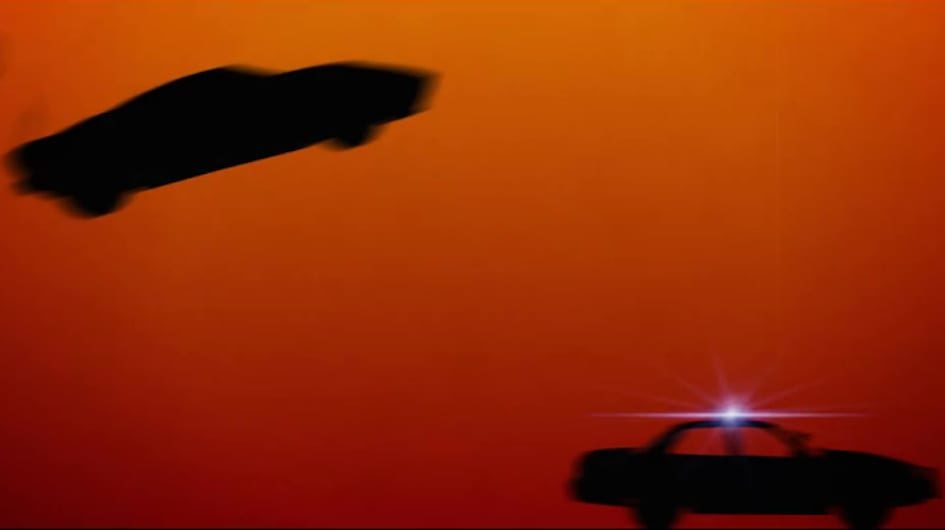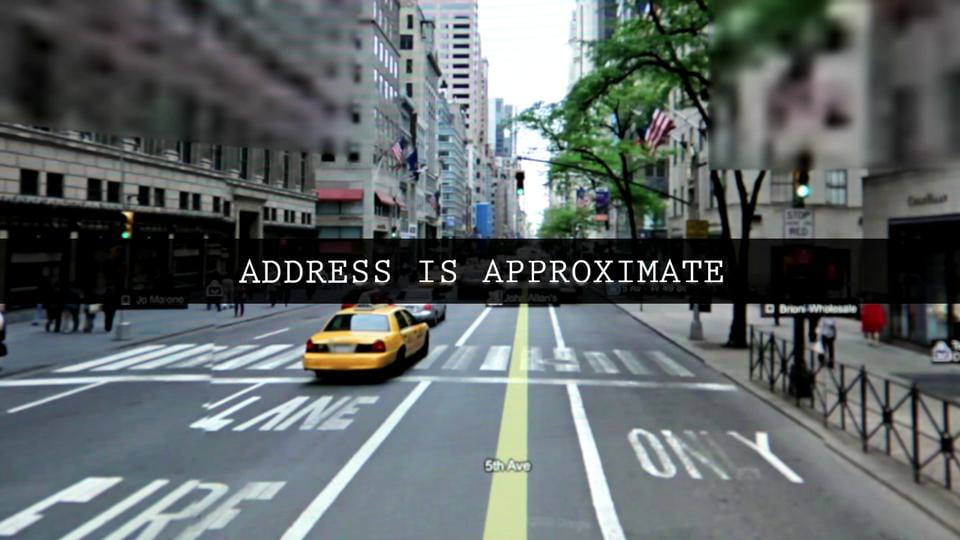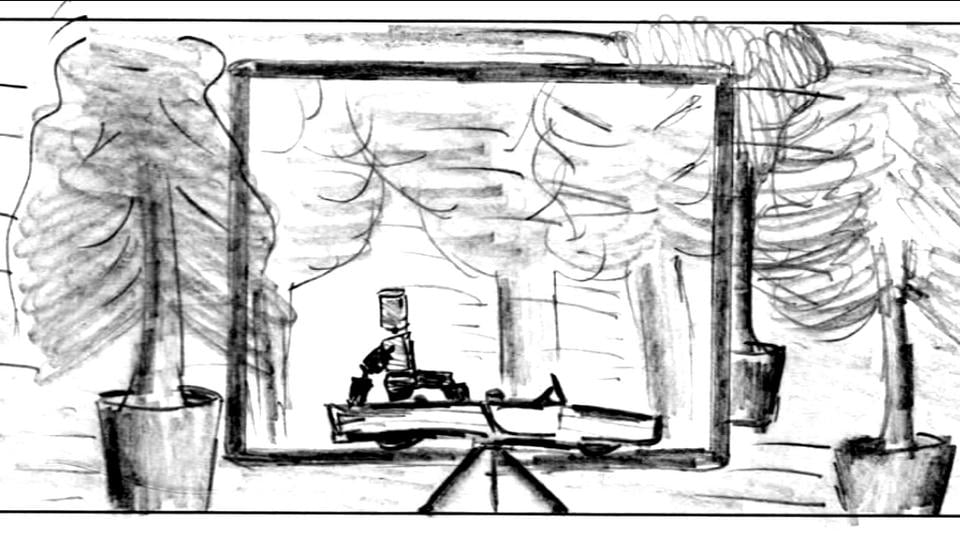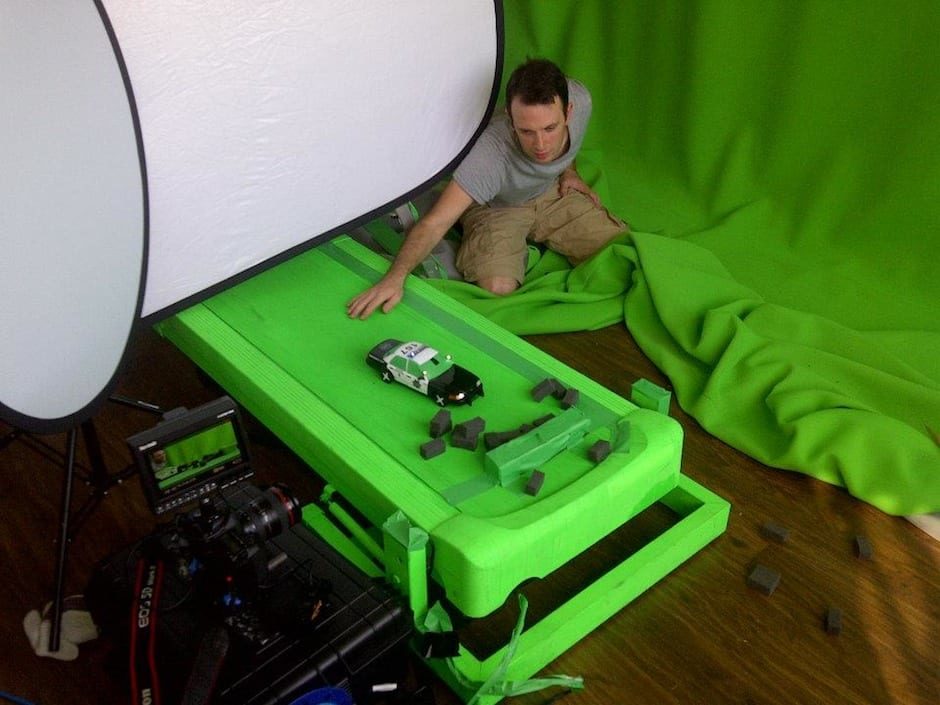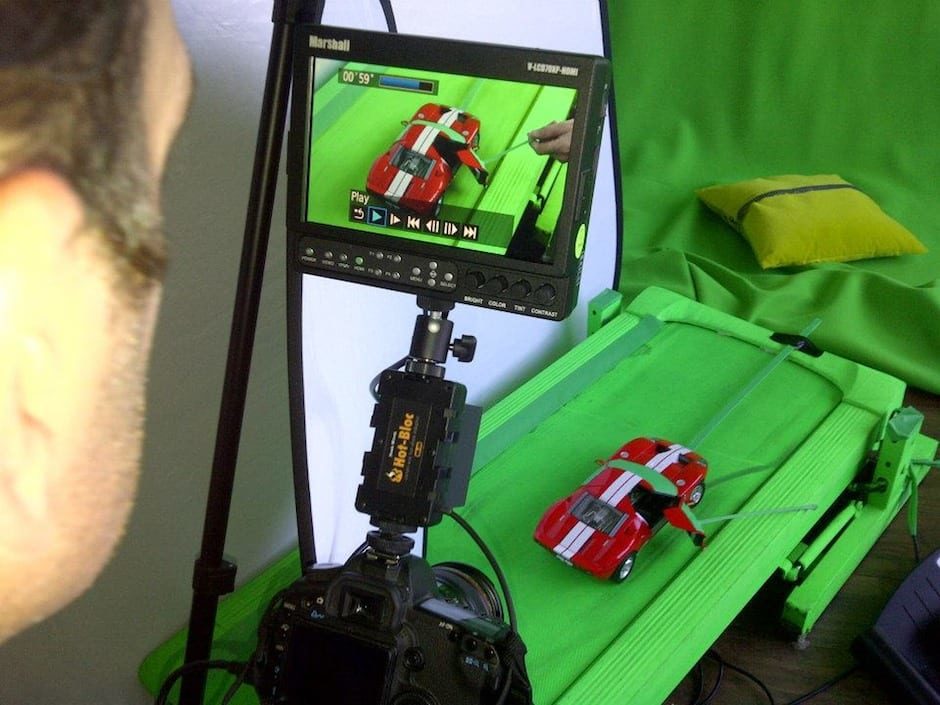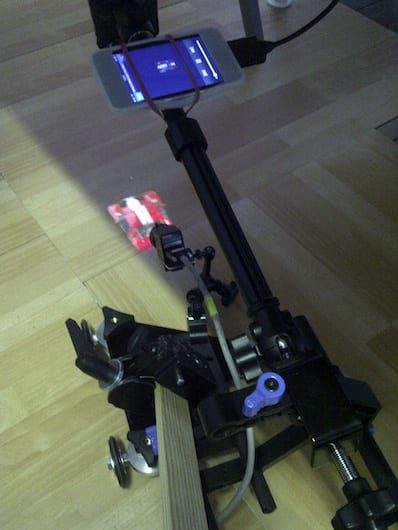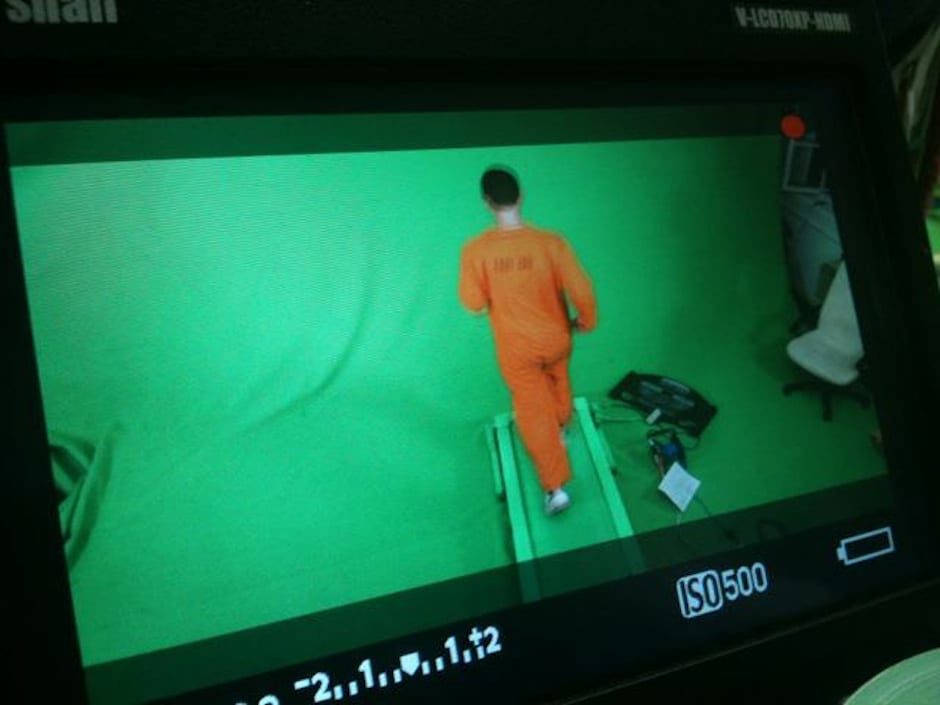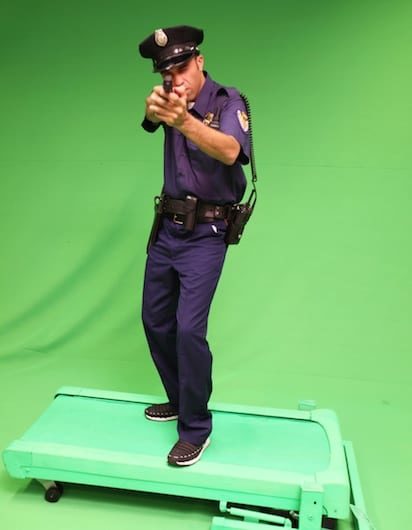What was the original brief and how did you develop that?
Speed of Light was a self-initiated project. We’d been playing around with the idea of doing something with pocket projectors – they offer so many creative opportunities – plus we love gadgets.
We also love projection mapping but after seeing so many projects using this technique after a while the ideas all seemed to blend into one another.
We wondered if there was a new way to approach the concept, then we began seeing a few examples of ‘micro mapping’, which is projection mapping on a much smaller scale. This got us thinking and ultimately led to Speed of Light.
The story for Speed of Light is wonderful, the execution using the microprojector even better. Did the shoot happen in a trial and error way or was there a lot of experimentation and then storyboarding?
There was a lot of experimenting. The interesting part was working out how to accurately make the projections appear 3D, which is all about using the principal of anamorphic perspective and distortion. Basically this meant we needed to distort the projected images and then film them from a very particular position to correctly reverse the perspective distortion.
For the actual story we knew it was key to have a really fast-paced, two-minute film that would work on its own even if it wasn’t projected. This had to be a kick-ass chase scene in its own right so we worked hard on this.
There’s a clear three act structure going on (foot chase / car chase / helicopter chase) and we tried to build the action through to the end so there was no chance of getting bored.
Did you have to spend forever researching appropriate stock footage?
We filmed everything ourselves, starting with a green screen shoot to film all the elements that would be projected. We bought model cars and the helicopter from a toy shop and used a green screen treadmill to drive the cars on to get realistic movements. We then added a few touches in After Effects as well as keying out the background so they became pure black and wouldn’t show up when projecting.
What was the most fun scenario to shoot?
To be honest it was one of the most painstaking and fiddly shoots we’ve done. Everything needed to be absolutely accurate – in fact we shot the whole film but weren’t particularly happy with how it looked at first so we reshot about 75% of it. So I wouldn’t say it was fun – rather, it was very satisfying when we finally got the shot right!
What were the major challenges of the production?
The number 1 challenge was actually filming the projections. In the film it appears the projectors are hand held but we actually built a number of wheeled rigs to hold the camera and projector in alignment whilst moving them around the floor. These rigs developed as the shoot went on but pretty much needed to be reconfigured and rebuilt for each different shot, which we hadn’t anticipated so that sucked a lot of time out of the shoot. I think we got there in the end though.
So who is The Theory and where are you signed or are you independent?
The Theory is the pseudonym for British writer / director duo Tom Jenkins and Simon Sharp. We met in 2000 and for the next few years travelled the world directing and filming a wide range of projects, collecting techniques, and various ideas. In 2009 we came back to London to become The Theory, our mission to create startlingly innovative, original yet emotive films.
Since forming, we’ve picked up a host of awards – most notably for our viral smash hit short, Address is Approximate (See Related Content).
We recently signed with Nexus Productions for commercials, which we’re extremely excited about. We’ve been fans of Nexus for a long time and to be working with them is an honour – we’re looking forward to creating memorable, innovative work with them. For features we’re signed with WME in Los Angeles.
